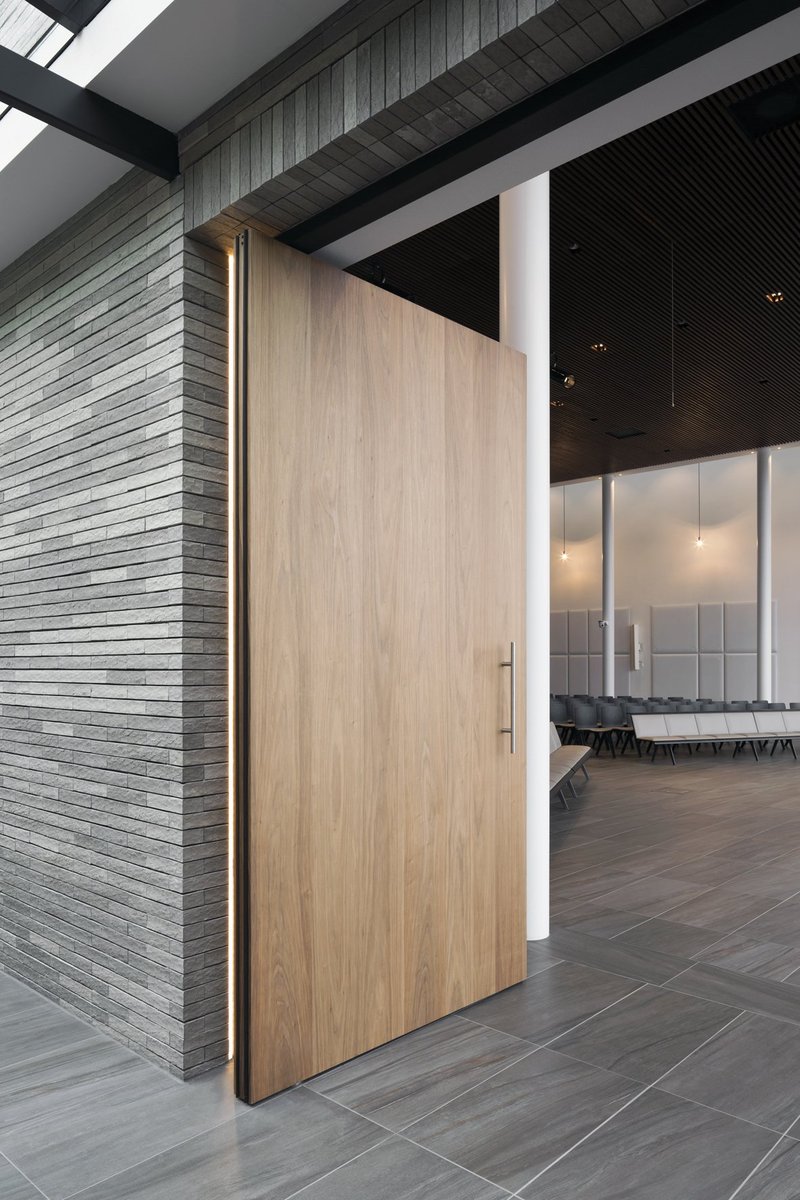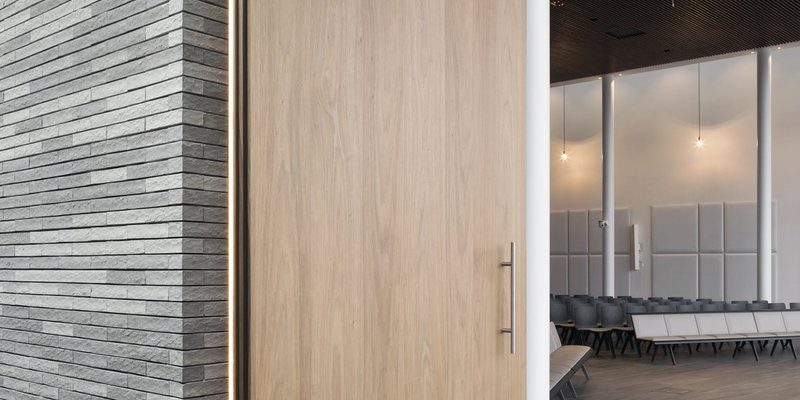
When it comes to choosing the right hardware for ADA-compliant interior doors, there’s a lot to consider. From lever handles to automatic sliding doors, the options are plentiful. This article will delve into the best types of hardware available, so you can make informed choices that enhance accessibility and comfort in your living or workspaces.
Understanding ADA Compliance for Interior Doors
Before we dive into specific hardware options, let’s take a moment to understand what ADA compliance means for interior doors. The ADA sets clear standards to ensure that buildings are accessible to people with disabilities. This includes a range of requirements, such as door width, hardware height, and the force needed to open doors.
To start, the door width must be at least 32 inches when open at a 90-degree angle. This ensures that wheelchairs and mobility devices can easily pass through. Moreover, the hardware height should be installed between 34 and 48 inches above the floor, making it reachable for individuals of various heights and abilities.
Next, let’s talk about the force needed to open a door. ADA standards dictate that the maximum allowable force should not exceed five pounds. This means that heavy doors or those with complex hardware won’t cut it. A little understanding here goes a long way in choosing the right hardware.
Choosing the Right Door Handles: Levers vs. Knobs
One of the most significant decisions you’ll make is choosing between lever handles and doorknobs. Honestly, this might seem like a small detail, but it makes a big difference in accessibility.
Lever handles are the better option when comparing the two. They’re easier to operate because you can push down on them with your elbow or wrist, which is incredibly helpful for anyone with limited hand strength. On the other hand, doorknobs require a twisting motion, which can be challenging for people with grip issues or arthritis.
There’s also a variety of lever handles, from those with a simple push mechanism to more complex models that automatically lock. When selecting a lever handle, look for one that is ADA-compliant, meaning it meets the requirements for force and height. This little tweak can enhance the overall accessibility of your doors significantly.
Automatic Doors: Convenience and Accessibility
Automatic doors are a fantastic option for making spaces more accessible. You’ve probably seen these in grocery stores or malls, where a simple wave of your body or a remote control can open the door for you. Imagine entering a building without needing to touch a handle!
These doors usually come with a sensor that detects motion, which means you don’t have to exert any physical effort to open them. This is beneficial not just for individuals with disabilities, but also for those carrying heavy items or pushing strollers.
While automatic doors can be more expensive than traditional options, they can provide a significant return on investment by making a space welcoming for everyone. You might be wondering about installation; typically, a professional will be required to set up the sensors and controls, but once they’re in, you’ll be pleased with the ease of entry.
Hinges and Door Closers: What to Look For
When it comes to hinges and door closers, functionality is key. The type of hinges you choose can affect how easily a door opens and closes. Look for self-closing hinges that work seamlessly, allowing the door to swing open with minimal effort. These hinges should also not exert more than five pounds of force to close.
Door closers are another vital aspect of door hardware. A good door closer will ensure that the door closes smoothly without slamming. Adjustable models are best since they can be fine-tuned to suit the specific needs of the space. When selecting a door closer, aim for one that meets ADA guidelines, keeping the force required for operation in mind.
A personal tip: look for door closers that feature a delayed closing mechanism. This can give someone more time to get through the doorway without worrying about the door slamming shut behind them. It’s a small but effective feature that can make a big difference.
Choosing Accessible Door Lock Systems
Security is a crucial consideration, but it doesn’t have to come at the cost of accessibility. Many modern lock systems have been designed with *ADA compliance* in mind.
Consider keyless entry systems or those with push-button controls. These locks allow users to gain access without the fine motor skills required to turn a traditional key. Not only do they simplify the process, but they also add a layer of convenience—no more fumbling around in your bag for the keys!
If you prefer traditional locks, opt for those with larger and easier-to-turn knobs. Make sure they’re placed at an accessible height as specified by ADA standards. This way, you ensure that your locking systems are both secure and user-friendly.
Finishing Touches: Signs and Lighting
Accessibility doesn’t end with the hardware itself. Consider adding clear signage and adequate lighting to make navigating doorways easier for everyone. Signs should be at a readable height and use large, easy-to-read fonts. If you’re in a public space, *braille signs* are also essential.
Lighting is another critical aspect. Ensure that all entryways are well-lit, helping individuals identify doors and pathways easily. Think about installing motion-sensor lights. This not only enhances safety but also makes the space more inviting.
Here’s the thing: these finishing touches contribute to a more comprehensive approach to accessibility. They make navigating a building easier and enhance the overall experience for everyone.
Choosing the best hardware for ADA-compliant interior doors isn’t just about following codes; it’s about creating welcoming spaces that everyone can enjoy. From lever handles to automatic doors and accessible locking systems, each element plays a role in enhancing accessibility.
Remember, when making these selections, think about functionality and ease of use. The right hardware can transform a challenging experience into a straightforward one, ensuring that every person feels included in your space.
As you consider your options, take your time and perhaps consult experts to find the best solutions tailored to your needs. With thoughtful choices, you can create an environment that’s not only accessible but also inviting for everyone who walks through your doors.
